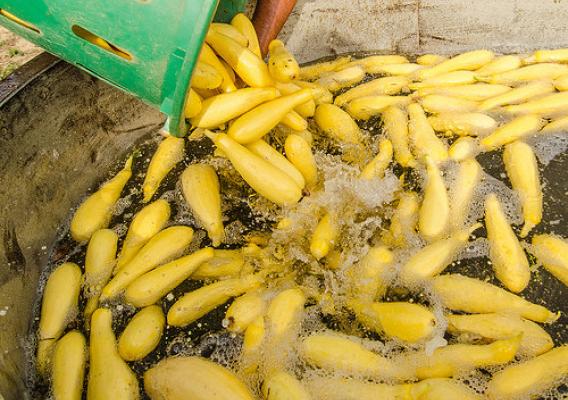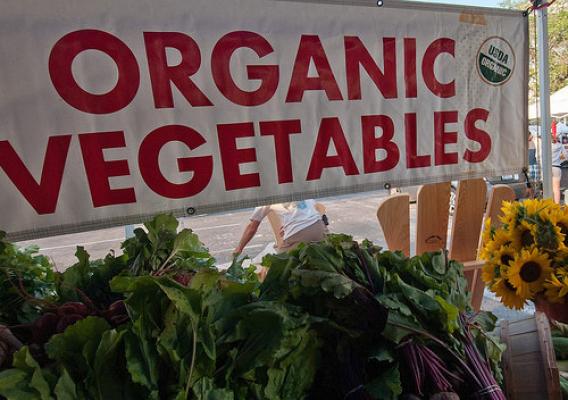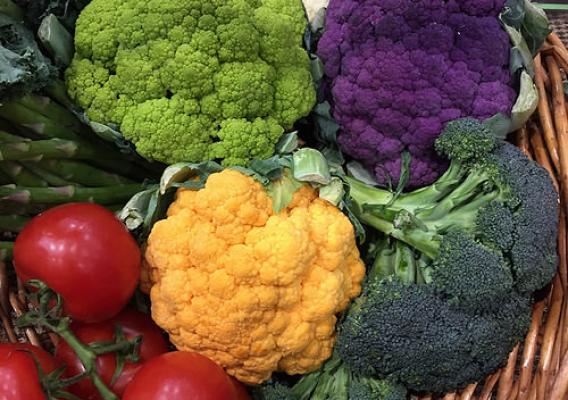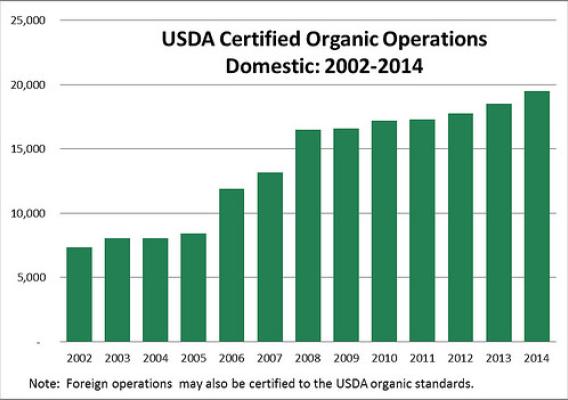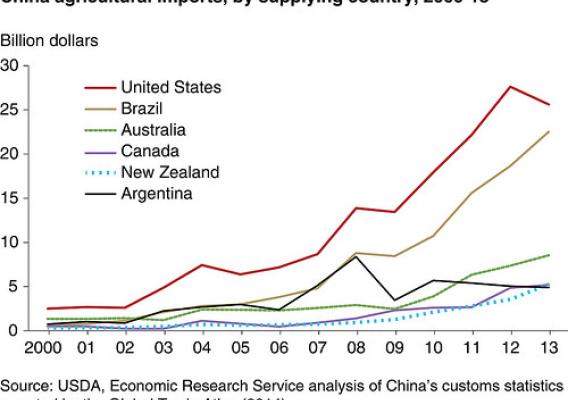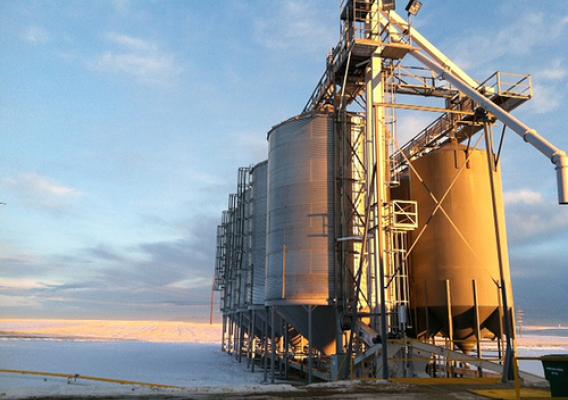This post is part of the Science Tuesday feature series on the USDA blog. Check back each week as we showcase stories and news from USDA’s rich science and research portfolio.
China is often noted for its dominant export presence in the world market. The ubiquitous “Made in China” label, found on everything from pens to smart phones has made China’s export prowess acutely visible and at times overshadowed the other side of the country’s trade relationship with the world. But in recent years, China’s potential as a significant market has drawn increasing attention.
A new Economic Research Service (ERS) report examines China’s emergence as a major importer of agricultural products over the past decade. Between 2000 and 2013, China’s agricultural imports grew from US$ 10 billion to about US$ 123 billion. The surge in imports has been driven by rising incomes and changing consumer preferences as well as growing demand for industrial raw materials. While bulk commodities such as soybeans and cotton remain predominant in China’s agricultural imports, consumer preferences and increased purchasing power have broadened the scope of these imports. As a result, imports of processed and consumer-oriented products like meats, dairy, wine, and nuts are increasingly showing up in Chinese markets.

